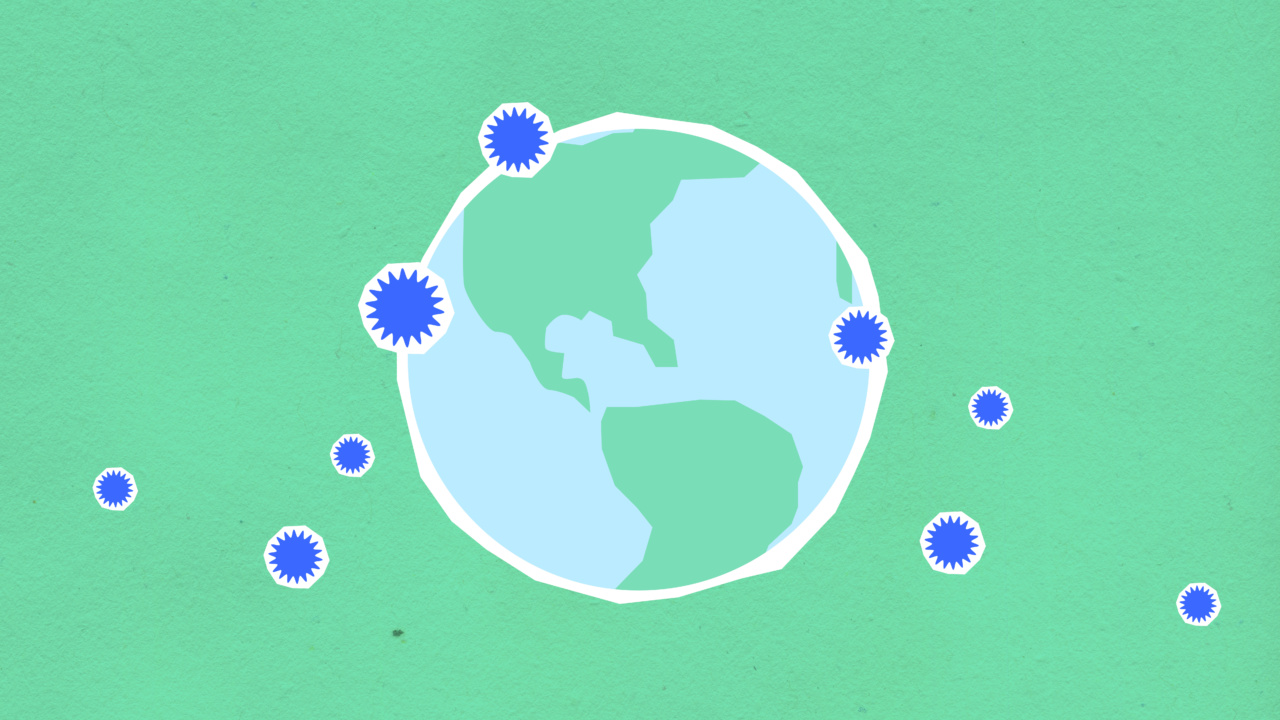AIDS, short for Acquired Immunodeficiency Syndrome, is a global health crisis that has affected millions of people around the world.
It is caused by the Human Immunodeficiency Virus (HIV), which weakens the immune system and makes individuals more susceptible to infections and diseases. The origins of HIV can be traced back to the Democratic Republic of Congo (formerly known as Zaire) in Central Africa, where the virus is believed to have crossed over from primates to humans.
In this article, we will explore how AIDS spread from Congo to the rest of the world, leading to a devastating global pandemic.
1. Discovery of HIV
In the early 1980s, a new disease began to emerge, primarily affecting gay men in the United States and hemophiliacs who received blood transfusions. Initially, it was referred to as GRID (Gay-Related Immune Deficiency).
However, it soon became clear that the disease was not limited to one particular group and had spread to other parts of the world. In 1983, researchers at Pasteur Institute in France discovered the virus that causes AIDS and named it HIV.
2. Origins in Congo
Scientists believe that HIV first crossed over from chimpanzees to humans in the early 20th century in the region that is now the Democratic Republic of Congo.
Hunters who hunted and consumed chimpanzee meat were exposed to the simian immunodeficiency virus (SIV), which later mutated into HIV. The virus remained localized within Central Africa for several decades, primarily affecting the populations in Congo and neighboring countries.
3. Colonialism and Mobility
The spread of HIV from Congo to the rest of the world can be attributed, in part, to the effects of colonialism. During the colonial era, European powers exploited African countries for resources, including rubber and minerals.
This led to increased mobility and migration within Africa and between Africa and other continents. As people moved across borders, so did infectious diseases, including HIV.
4. Urbanization and Sexual Networks
Urbanization and the growth of cities in Africa also played a significant role in the spread of HIV. As people migrated from rural areas to cities in search of better economic opportunities, sexual networks and behaviors changed.
High population density, limited access to healthcare, and the prevalence of sex work in urban areas created an environment conducive to the spread of HIV.
5. Highways and Transportation
The development of transportation infrastructure, such as highways and railways, further facilitated the spread of HIV.
In Congo, as well as other African countries, new roads and transportation networks were built during the post-colonial period to connect remote regions with urban centers and neighboring countries. This increased connectivity allowed for the movement of people, including those infected with HIV, across vast distances.
6. Blood Transfusions and Healthcare Practices
Poor healthcare practices, including the reuse of needles and unsafe blood transfusions, also contributed to the spread of HIV beyond Congo.
In many African countries, healthcare infrastructure and resources were scarce, leading to inadequate sterilization techniques and standards. This inadvertently resulted in the transmission of the virus from person to person through contaminated blood and medical equipment.
7. Globalization and Travel
With the advent of air travel and globalization, HIV was able to reach far corners of the world. Infected individuals, unaware of their HIV status, traveled to different countries, unknowingly spreading the virus.
The global mobility of people for tourism, business, and migration continued to fuel the epidemic.
8. Lack of Awareness and Stigma
The lack of awareness and understanding of HIV/AIDS further exacerbated its spread.
In many parts of the world, including Western countries, it took years for governments, healthcare systems, and the general public to recognize the severity of the epidemic. Stigma, discrimination, and misinformation surrounding HIV/AIDS prevented many individuals from seeking testing, treatment, and prevention services, leading to continued transmission.
9. Prevention Efforts and Awareness Campaigns
Over time, as the devastating impact of HIV/AIDS became apparent, significant efforts were made to raise awareness and implement prevention strategies.
Condom use, harm reduction programs for injection drug users, access to antiretroviral therapy, and education campaigns have all played a crucial role in slowing down the spread of HIV globally.
10. The Global HIV/AIDS Pandemic
Today, HIV/AIDS continues to be a major public health issue. It has affected more than 75 million people and claimed the lives of over 32 million individuals worldwide.
Despite significant progress in treatment and prevention, there is still much work to be done to achieve the goal of an AIDS-free generation.
Conclusion
The spread of HIV/AIDS from Congo to the rest of the world can be attributed to a combination of factors, including colonialism, urbanization, mobility, transportation, healthcare practices, globalization, and stigma.
Understanding the origins and pathways of the virus helps inform future prevention efforts and underscores the importance of a coordinated, global response to combat the AIDS pandemic.




























